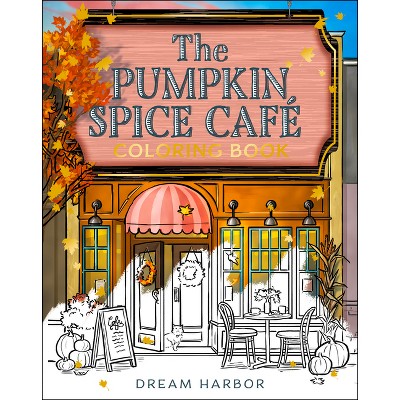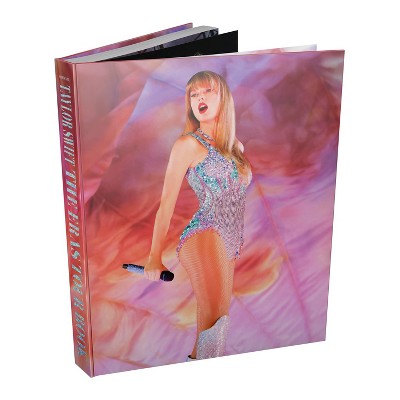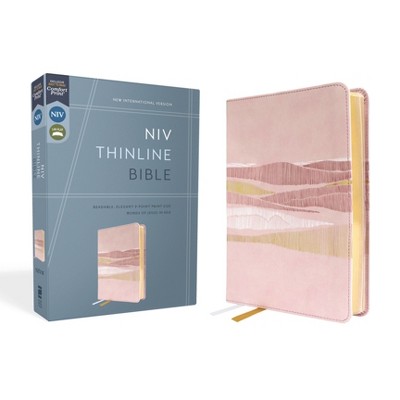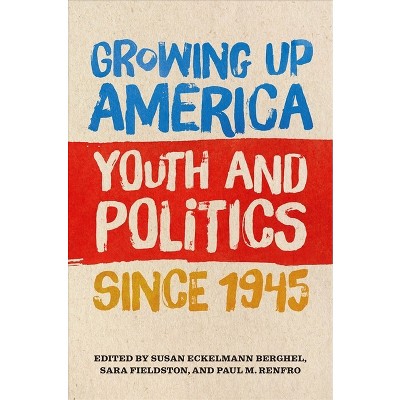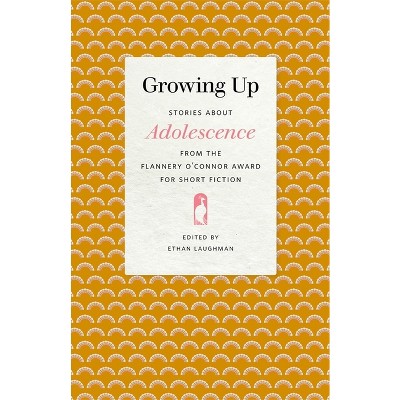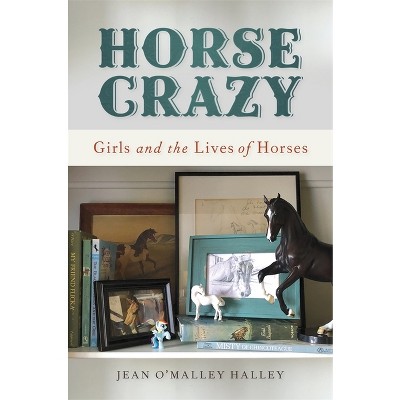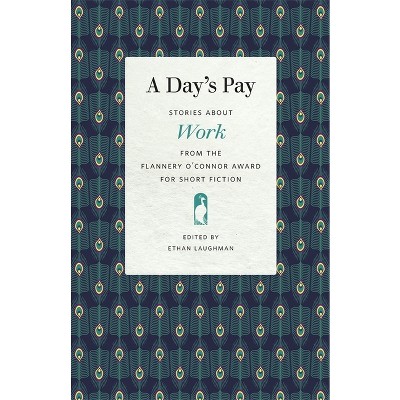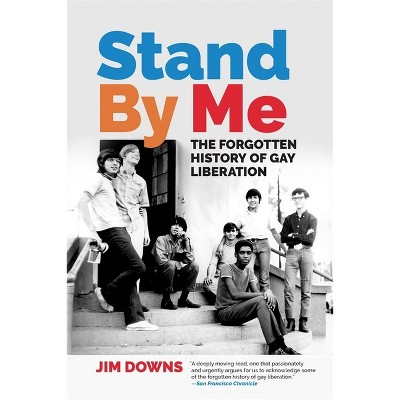About this item
Highlights
- When D. H. Lawrence wrote his classic study of American literature, he claimed that youth was the "true myth" of America.
- About the Author: EMILY A. MURPHY is a lecturer in children's literature at Newcastle University.
- 278 Pages
- Social Science, Children's Studies
Description
About the Book
"Growing Up with America is a study of the relationship between national myths and the figure of the child, using young adult literature and American studies scholarship. Murphy considers how a set of Cold War-era literary critics used the child to give shape to abstract ideas regarding national identity. Known as myth and symbol critics, they found specific recurring themes in American literature and culture they believed helped forge American national identity. While partially intended to bolster national pride during the Cold War, this myth-gathering also represented each critic's individual attempt to the answer the question: "What does it mean to be an American?" Their work was thus representative of a search for a national narrative that could satisfactorily answer this question. They drew upon cultural conceptions of childhood such as innocence and vulnerability in order to better explain the divine mission of the United States during the tumultuous post-WWII period, and, in doing so, made innocent the colonial exploits of a nation that has resisted being labeled an empire. This project therefore takes as its point of departure the creation and validation of national myths that emerged from the myth and symbol school and charts the literary response to these myths from the 1950s to the present. Murphy uses a variety of types of sources, from newspapers, to 1940s literary criticism, to American Studies scholarship, to contemporary literature. She looks at literature both produced for and by children and young adults, as well as literature which features children and young adults as main characters. Her work complicates the traditional views of children in the US in terms of race, gender, and sexuality. She pushes the boundaries of young adult literature and discusses mainstream classic and contemporary titles that feature young adults (Vladimir Nabakov's Lolita, Karen O. Russel's Swamplandia!; Jeffrey Eugenides's The Virgin Suicides); works published prior to the formal establishment of the YA genre (Scott O'Dell's Island of the Blue Dolphins, J.D. Salinger's The Catcher in the Rye); and seminal young adult books that shook the genre out of complacency (M.T. Anderson's Feed, Leslie Marmon Silko's Gardens in the Dunes)"--Book Synopsis
When D. H. Lawrence wrote his classic study of American literature, he claimed that youth was the "true myth" of America. Beginning from this assertion, Emily A. Murphy traces the ways that youth began to embody national hopes and fears at a time when the United States was transitioning to a new position of world power. In the aftermath of World War II, persistent calls for the nation to "grow up" and move beyond innocence became common, and the child that had long served as a symbol of the nation was suddenly discarded in favor of a rebellious adolescent. This era marked the beginning of a crisis of identity, where literary critics and writers both sought to redefine U.S. national identity in light of the nation's new global position.
The figure of the adolescent is central to an understanding of U.S. national identity, both past and present, and of the cultural forms (e.g., literature) that participate in the ongoing process of representing the diverse experiences of Americans. In tracing the evolution of this youthful figure, Murphy revisits classics of American literature, including J. D. Salinger's The Catcher in the Rye and Vladimir Nabokov's Lolita, alongside contemporary bestsellers. The influence of the adolescent on some of America's greatest writers demonstrates the endurance of the myth that Lawrence first identified in 1923 and signals a powerful link between youth and one of the most persistent questions for the nation: What does it mean to be an American?Review Quotes
This book is impressive in its scope and will be particularly interesting to scholars of American literature or post-World War II American history. Murphy's emphasis on the literary turn from the figure of the white male child to a more diverse collection of adolescent characters provides a novel approach to material other scholars have also begun considering by approaching diversity through an age-oriented lens. . . . makes an important argument that scholars in its multiple fields would do well to consider.--Sarah M. Hedgecock "Journal of the History of Childhood and Youth"
Rich, surprising, and idiosyncratic. . . opens up new connections and elucidates how the US' dominant myths are unraveled in children's fiction.--Jess Cotton "American Literary Review"
About the Author
EMILY A. MURPHY is a lecturer in children's literature at Newcastle University. She has published in Children's Literature Association Quarterly; the Lion and the Unicorn; and Jeunesse: Young People, Texts, Cultures. Her essays also appear in Prizing Children's Literature: The Cultural Politics of Children's Book Awards and Connecting Childhood and Old Age in Popular Media.

